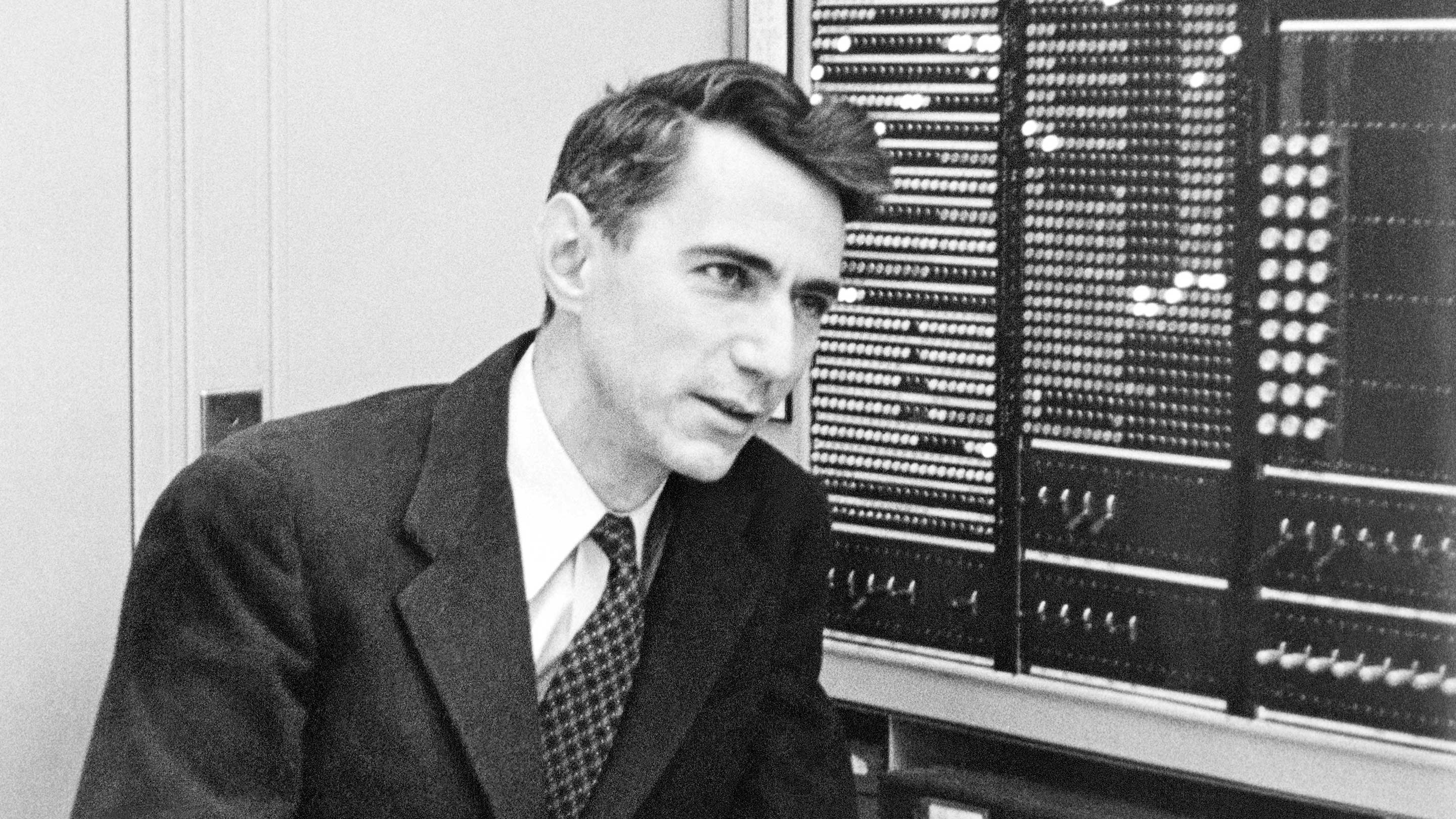Father of information theory: Who is Claude Shannon?
Shannon's first contribution to science was to establish switching algebra by applying the algebra developed by George Boole in 1854 to electrical circuits consisting of switches and relays.

Name Surname: Claude Shannon
Date of Birth: April 30, 1916
From: USA
Professions: Mathematician
Date of Death: February 24, 2001
Claude Shannon, also known as the father of information theory, is a mathematician, electrical engineer and cryptographer.
Claude Shannon was born on April 30, 1916, in Petoskey, Michigan, USA, as the son of Claude Elwood Shannon and Mabel Wolf Shannon. Claude Shannon, who started at the University of Michigan in 1932 at the age of 16, graduated in 1936 with a double major as an electronic engineer and mathematician.
Claude Elwood Shannon (April 30, 1916 – February 24, 2001) was an American mathematician, electrical engineer, computer scientist and cryptographer known as the "father of information theory".
At the age of 21, he explained that electromagnetic relays could be simplified by using George Boolean algebra in his work titled "Symbolic Analysis of Relay and Switching Circuits", which he wrote as a master's thesis at Massachusetts Institute of Technology. This development laid the foundation for the use of electrical switches, which are the building blocks of digital computers in use today.
According to Google Scholar, Claude Shannon's article was cited more than 28,000 times. US scientist Claude Shannon was awarded the American Institute of American Engineers Award in 1940, following the publication of his thesis.
Continuing his studies at Bell Laboratories during World War II, Claude Shannon worked on fire-control systems and cryptography there. Claude Shannon, who met cryptanalyst and mathematician Alan Turing and the Turing Machine in 1943, began working with Turing.
Claude Shannon, who suffered from Alzheimer's disease in the last period of his life, spent his last years in need of care and supervision in a nursing home.
Claude Shannon died on February 24, 2001, in Medford, Massachusetts, USA at the age of 85.
As a 21-year-old master's degree student at the Massachusetts Institute of Technology (MIT), he wrote his thesis demonstrating that electrical applications of Boolean algebra could construct any logical numerical relationship. Shannon contributed to the field of cryptanalysis for national defense of the United States during World War II, including his fundamental work on codebreaking and secure telecommunications.
In Boolean algebra, where variables can only take one of two values, such as 0 or 1, two basic operations, indicated by the "cross" and "plus" signs, are defined and the rules about these issues are fixed. When these variables correspond to propositions, 0 to "false", 1 to "true", "cross" to "and", and "plus" to "or", Boolean algebra's "symbolic logic" or "propositions" It was known that it would turn into a logic system called algebra.
Likewise, when the concepts of "sets", "empty set", "universal set", "intersection" and "joining" are replaced by the symbols mentioned, this time Boolean algebra will turn into a different system called "set theory".
This algebra, called "switching algebra", has become an indispensable tool in the analysis of circuits in systems such as telephone exchanges and computers, which contain hundreds or thousands of switches, and in the minimal, that is, the most economical design of these circuits in order to achieve a specific purpose. Switching algebra became even more important with the development of electronics when mechanical switches and relays were replaced by transistor gates (gates).
Awards:
IEEE Medal of Honor
Fritz John Award
1940 - US National Medal of Science in Engineering
WHAT IS CRYPTOGRAPHY?
Cryptography is a set of mathematical methods that work to provide information security concepts such as confidentiality, identity control, and integrity, and these methods aim to protect the information - therefore, the sender and receiver of the information, together with the information - from active or passive attacks that may be encountered during the transmission of information. It was used especially during World War II and the Cold War after it, to make readable information unreadable by undesirable parties.
Communication systems are used to ensure that information is transmitted securely to the other party; It should have features such as confidentiality, authentication, integrity, non-repudiation, access control, time information, testimony, anonymity, ownership, certification, and signing.
In this respect, there are many small methods brought together to ensure information security in cryptographic systems, and all of them constitute cryptography. Methods applied in this field; It is divided into three main groups keyless encryption, private key encryption, and public key encryption.
